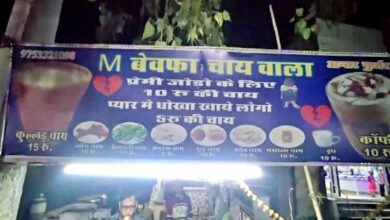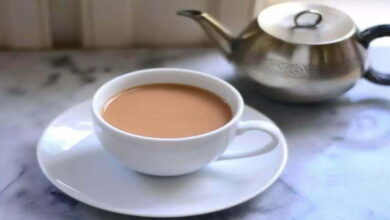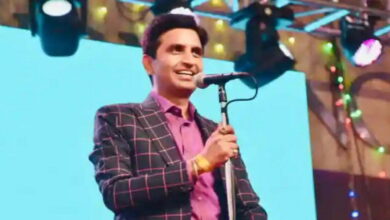government campaign to make alcohol

It is going to be five years since One Nation, One Tax was implemented in India. In July this year, it will be five years since the GST was implemented. There are only two such products in the country, which have been kept out of the system of One Nation, One Tax. One of them is liquor and the other is petrol-diesel. These are the biggest sources of revenue for both the governments. But the difference between the two is that the government is earning revenue by increasing the tax on petrol and diesel and increasing its price, whereas by reducing the tax on liquor, opening more outlets, making it easily available to the people and earning it cheaper. is increasing. In a way, a campaign to increase the income by making the people of the country drunk is going on all over the country.
In fact, the state governments in India feel that very few people are drinking alcohol in the country and those who are drinking also drink less. According to global statistics, the world average per capita consumption of alcohol is 6.2 litres, while India’s average is five litres. Secondly, less than a third of the population in India drinks alcohol. According to last year’s data, a little more than 29 percent of the people in India drink alcohol. In this too, the trend of women drinking alcohol is even less. Only 1.2 percent of women in India drink alcohol. This is the reason why two of the most superhit actresses of Hindi films in India do surrogate advertisements of alcohol. However, the third fact is that India currently consumes five billion liters of alcohol a year, which has to be taken to 6.5 billion liters by 2024.
For this, the age limit for buying and drinking alcohol is being reduced. By opening more and more outlets, liquor is being made available to the people very close to the house. Bars and restaurants are allowed to serve alcohol till late at night. In the capital Delhi, when its time limit was extended to 3 am, it became a rule to provide 24-hour liquor in the neighboring state’s Millennium City Gurugram. Once upon a time in the capital Delhi, there were 27 dry days in a year, that is, there was no alcohol for 27 days in a year. This has now been reduced to two days. Not only this, 50 to 100 percent discount is also being given on the maximum retail price i.e. MRP of liquor and beer. In this way the governments in India are increasing the revenue by increasing the consumption of alcohol.
In India, the state governments are earning Rs 1.75 trillion annually from the revenue on liquor. In 2018-19, the state governments used to earn 12 and a half thousand crore rupees every month, which increased to 15 thousand crore rupees in 2020. In April 2017, the Uttar Pradesh government had earned 17 and a half thousand crores from the sale of liquor. But due to the rules and efforts of the BJP’s Hindutva and nationalist government in 2017, the sale of liquor increased in such a way that the government’s revenue increased by 74 percent in four years. The Uttar Pradesh government earned Rs 30,000 crore from the sale of liquor in 2021. So, due to aggressive advertising and price policy of liquor companies and tireless efforts of state governments, liquor business has become the most flourishing business in India.






